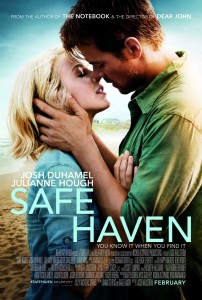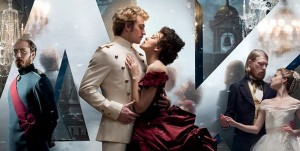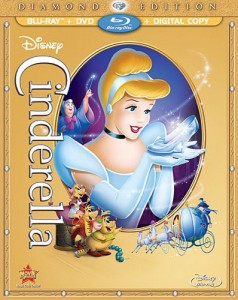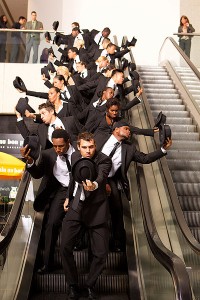Safe Haven
Posted on February 13, 2013 at 6:00 pm
 Now that best-selling author Nicholas Sparks has rung every possible variation out of his core formula: damaged hearts, pretty people, syrupy pop-song montages, buttery, sunlit cinematography, the healing powers of a body of water (and rain), the healing powers of a small town community, a sad death, and a letter of great import, he has officially run out of new ideas and even thoughts about how to keep re-arranging the old ideas. An unnecessary twist at the end feels desperate and it feels like a cheat.
Now that best-selling author Nicholas Sparks has rung every possible variation out of his core formula: damaged hearts, pretty people, syrupy pop-song montages, buttery, sunlit cinematography, the healing powers of a body of water (and rain), the healing powers of a small town community, a sad death, and a letter of great import, he has officially run out of new ideas and even thoughts about how to keep re-arranging the old ideas. An unnecessary twist at the end feels desperate and it feels like a cheat.
Damaged heart number one: Julianne Hough plays Katie, who is on the run from the Boston police for what looks like a violent assault. She has cut and dyed her hair (so efficiently that it never grows out or needs to be retouched), stops in small town on the North Carolina Coast (body of water is the Atlantic Ocean), takes a job as a waitress in a local cafe and somehow has the money to move into a dilapidated but picturesque little cabin out in a remote area of the woods.
Damaged heart number two: Josh Duhamel, as usual far better than his script, plays Alex, the extremely handsome widower with two children (one adorable and affectionate, one mini-me damaged heart who misses his mom) who owns the local store. At first, Katie just wants to keep to herself and resists making friends with Alex and with Jo (“How I Met Your Mother’s” Cobie Smulders), another single woman living alone in the woods. But soon Katie and Alex are out on the healing water and then, when it rains, getting drenched by the powerful healing effects of even more water. A not-very-surprising mystery about Katie’s past is revealed and pretty soon there will be a very significant letter.
Hough is not an actress of great range, but she looks very pretty and wears a bikini well. Duhamel has a natural ease on screen that makes it easy to overlook what a committed and subtle performer he is. Even when he is called upon to make Alex to have some improbable reactions, he manages to find a smidgen of honesty that elevates the material. Director Lasse Hallstrom (“Chocolat,” “The Cider House Rules,” “My Life as a Dog”) puts so much gloss on the images that it feels like a perfume commercial but never elevates the story above the Lifetime movie level.
Parents should know that this movie includes themes of domestic abuse with some graphic and disturbing images, fire with child and adults in peril, references to sad death of parent, sexual situation, some strong language, and alcohol abuse
Family discussion: What does Katie learn from Jo that she cannot learn any other way? What changed Alex’s mind?
If you like this, try: the book by Nicholas Sparks and some of his other movies like “The Notebook,” “The Lucky One,” and “Dear John”



